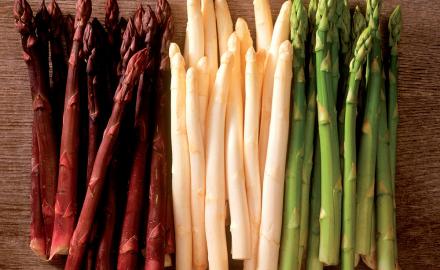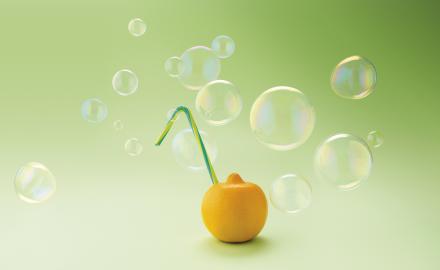Parmesan
A highly regulated production
At the beginning of the 13th century, Benedictine Monks living in the region between the Po and the Apennines were the first to make this precious cheese. Provinces of Parma, Reggio Emilia, Modena, Bologna (West of the Reno river) and Mantua (East of the Po river) have the production monopoly of this hard cheese. The milk isn’t mixed with any additives or treatments. It comes from cows of four bovine races exclusively fed with herbs from the original land and natural fodder.
The precious know-how based on a tradition of excellence
16 litres of milk are necessary to produce one kilogram of Parmigiano Reggiano®. After the milk-processing steps, cheese makers divide the obtained curds into two blocks and pour each of them in a mould called the fascera. The moulded wheels then rest for two to three days. On each cheese, the name Parmigiano Reggiano® is stamped alongside with the official ID including the month and year of production. A unique alphanumeric code is added to guarantee traceability. Finally, the whole cheeses remain in an aging room for a minimum of 12 months. The process of ripening imparts Parmigiano Reggiano with its distinguishing texture and flavour.
Parmigiano Reggiano® in gastronomy
Pesto is by far the most iconic Italian sauce; it is made with basilico genevese, olive oil, garlic, pine nuts and Parmigiano Reggiano®. The famous cheese is at the heart of many traditional Italian recipes such as Parmigiana (Parmesan aubergine gratin) or Risotto alla Parmigiana, just to name a few. Menus of the world’s best restaurants have been paying it a tribute since the beginning of the 20th century. Indeed it is one of the greatest sources of inspiration for Chefs all around the world. The Osteria Francescana (Modena, Italy) is a three Michelin stars establishment conducted by Chef Massimo Bottura who says that Parmigiano Reggiano® is “the cornerstone of Italian cooking”. His recipe called "Five temperatures and textures of Parmigiano Reggiano®” offers a wide variety of this cheese interpretations. On another note, the Veuve Cliquot World's Best Female Chef 2014,, Brazilian Helena Rizzo, features Hearts of palm Pupunha with noodles in a parmesan and white truffle oil sauce, at her São Paulo (Brazil) restaurant Mani.
The harmony of parmesan with dishes and wines
The delicate flavour of a Parmigiano Reggiano® ripened for 12 to 16 months (which is ideal with a dry white wine) blends well with fresh raw vegetables and contrasts nicely with melon or apricot. Grated or shaved Parmigiano Reggiano® ripened for 24 months is best enjoyed with pasta, soups to bring a body to it, or on a beef carpaccio with a dry white wine or a light red. Savouring a Parmigiano Reggiano® ripened for 30 months or more can be compared to tasting a grand cru. A few drops of delicious balsamic vinegar are enough to make the experience absolutely sublime.


